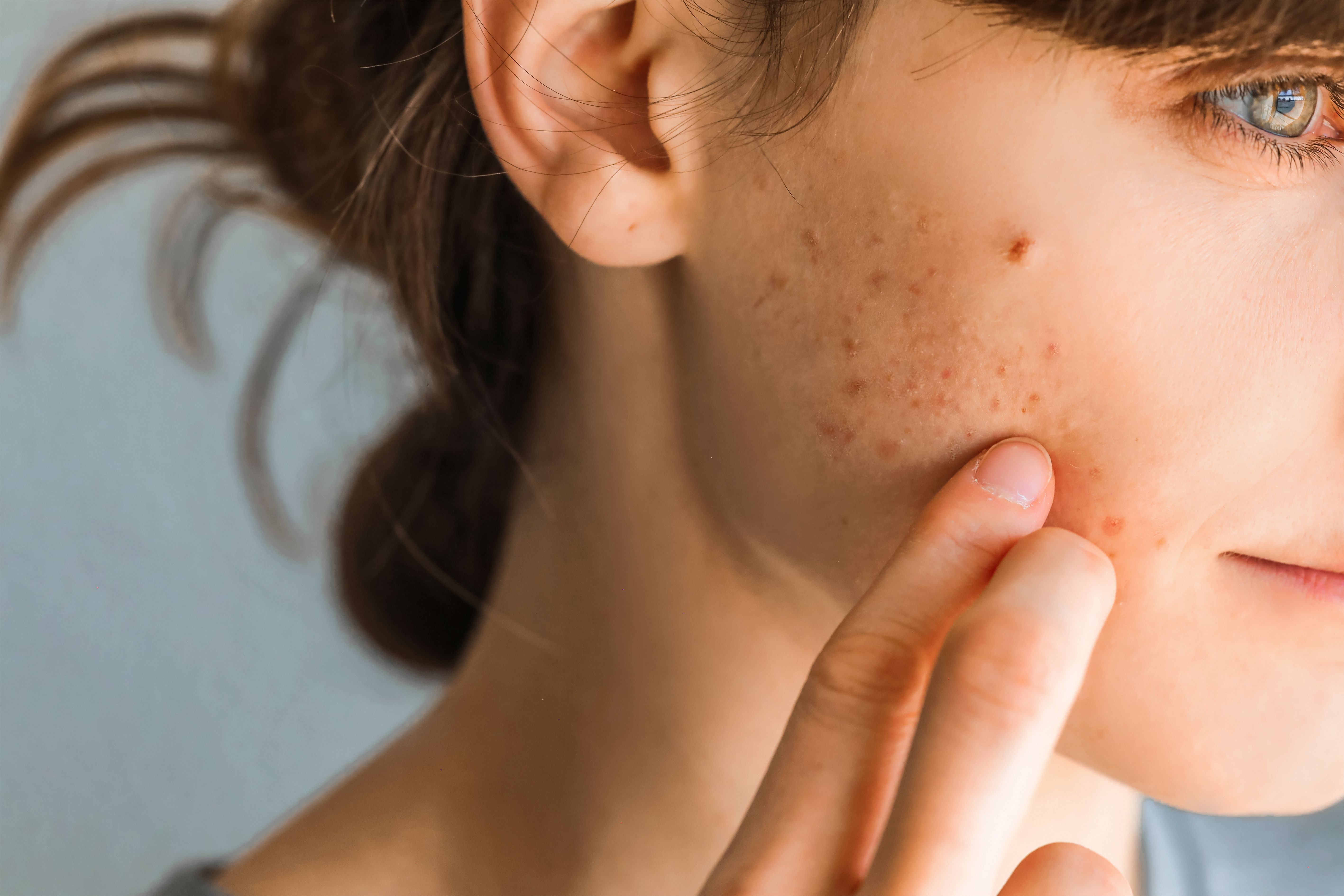- Case-Based Roundtable
- General Dermatology
- Eczema
- Chronic Hand Eczema
- Alopecia
- Aesthetics
- Vitiligo
- COVID-19
- Actinic Keratosis
- Precision Medicine and Biologics
- Rare Disease
- Wound Care
- Rosacea
- Psoriasis
- Psoriatic Arthritis
- Atopic Dermatitis
- Melasma
- NP and PA
- Skin Cancer
- Hidradenitis Suppurativa
- Drug Watch
- Pigmentary Disorders
- Acne
- Pediatric Dermatology
- Practice Management
- Prurigo Nodularis
- Buy-and-Bill
News
Article
Study Reports Efficacy of Tofacinitib in Itch, Skin Infiltration Reduction for Prurigo Nodularis
Author(s):
Key Takeaways
- Tofacitinib treatment led to significant improvements in pruritus, lesion count, and quality of life for patients with refractory prurigo nodularis.
- The study was a 16-week, single-center, open-label trial involving 24 patients with persistent PN symptoms.
Tofacitinib showed promise for easing itch and skin symptoms in prurigo nodularis, though effects may lessen over time.
A recent study reported positive clinical improvements in signs and symptoms of prurigo nodularis (PN) among patients treated with tofacitinib.1
The study (NCT06201715),2 published in Dermatologic Therapy, detailed improvements in quality of life (QoL), pruritus, skin lesions, itch, and skin infiltration in moderate to severe PN.
Background and Methods
The study was designed as a prospective, single-center, open-label observational pilot trial. Researchers enrolled adult patients with refractory PN who had persistent symptoms for more than 6 months and had failed prior treatment with topical glucocorticoids or antihistamines.
Participants received treatment with tofacitinib 5 mg twice daily for 16 weeks while continuing stable topical treatments, if applicable.
To evaluate treatment efficacy, the study used a mixed-effects model for repeated measure to analyze changes over time. Safety assessments monitored adverse events, lab abnormalities, and potential treatment-related complications.
Findings
Among the 27 individuals initially screened, 24 completed the study, with 3 withdrawals attributed to COVID-19. The cohort had a mean age of 58.88 years (±15.17), and the average disease duration was 5.92 years (±7.42). In total, 75% of participants were male, and nearly one-third (29.17%) had a history of atopy. Prior treatment history revealed that all participants had used topical therapies, while 25% had been treated with more than 2 systemic agents.
At baseline, PN severity was substantial, with 42% of patients exhibiting more than 100 nodules and 46% presenting with 50-100 lesions. Itch severity was reflected in a mean visual analog scale (VAS) 24 hour average score of 6.04 (±2.22) and a worst-case VAS 4 week worst score of 7.71 (±2.44).
QoL measures were similarly impacted, with a baseline Dermatology Life Quality Index of 21.63 (±4.44) and an Itchy QoL score of 67.00 (±14.46). Additionally, biomarkers revealed that 16.67% of patients had elevated IgE levels, and 8.33% exhibited increased eosinophil counts.
By week 12, 79.16% of patients achieved a ≥2-point improvement in the Investigator’s Global Assessment (IGA) score, with 20.83% experiencing a ≥4-point improvement. The mean IGA score decreased from 2.63 (week 8) to 2.42 at week 12, then further to 1.89 by week 16.
Furthermore, PN activity improved significantly, as 91.67% of participants reported a reduction in active scratching by at least 2 levels, while 83.33% showed a comparable improvement in lesion healing. Lesion burden also decreased, with only 12.5% of patients still exhibiting over 100 nodules by week 12, compared to 42% at baseline.
Objective lesion measurements supported these findings. The mean nodule count in a representative area dropped from 51.25 (±27.89) to 39.58 (±21.69) by week 12. The highest elevation of the most pruriginous lesion was reduced from 1.61 mm (±1.21) to 1.00 mm (±0.49) (p < 0.05), while the mean lesion area shrank from 2.05 mm² (±1.72) to 1.23 mm² (±1.18). Similarly, the elevation of a representative lesion declined from 1.80 mm (±0.92) to 1.09 mm (±0.44) (p < 0.05).
Conclusions
The study highlights the potential of tofacitinib in addressing the complex pathology of PN, providing relief for patients with persistent and severe disease.
"This observational study represents the largest evaluation to date of the safety and efficacy of tofacitinib in treating refractory PN," wrote study authors Dai et al. "However, it is important to note that this study is limited by the absence of a placebo control. Therefore, further confirmation through forthcoming placebo-controlled randomized prospective studies is necessary."
While long-term studies are needed to confirm durability and safety, the significant reductions in pruritus, lesion count, and QoL impact highlight the drug’s therapeutic promise, according to study authors.
References
- Dai R, Chi CC, Lou Y, Hsieh IJ, Man XY. Efficacy and safety of tofacitinib in patients with refractory prurigo nodularis: a 16-week, single-center, prospective, observational pilot study. Dermatol Ther. 2025; Published March 24. doi:10.1155/dth/8988947
- Efficacy and safety of tofacitinib in patients with prurigo nodularis. ClinicalTrials.gov. Published April 1, 2024. Accessed April 4, 2025. NCT06201715. https://clinicaltrials.gov/study/NCT06201715?term=NCT06201715&rank=1
Newsletter
Like what you’re reading? Subscribe to Dermatology Times for weekly updates on therapies, innovations, and real-world practice tips.






